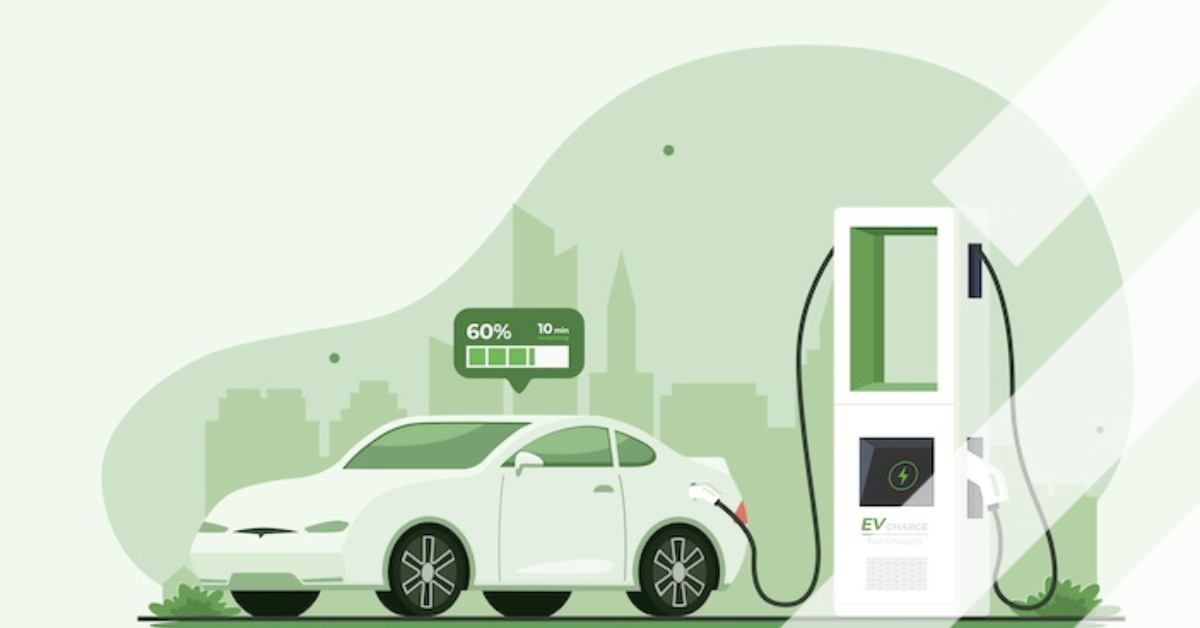Sustainable Parking Policies: An Integral Part of Sustainable Urban Planning

Loading component...
Loading component...
Text2
To ensure successful implementation, it is important to find a balance between reducing car usage and maintaining accessibility.
On the other hand, if we want to talk about opportunities, one of the primary benefits of a sustainable parking policy is the expansion of car-free and environmental zones. Such zones can help to reduce traffic volume, improve air quality, and create safer, more pedestrian-friendly environments. Additionally, mobility hubs can be a vital component of sustainable urban planning. These hubs provide centralized locations where people can park their cars and access a variety of transportation options, such as public transportation, car-sharing, bike-sharing, and P+R options. By providing strategic parking locations and connecting to a well-designed public transportation grid, cities can help to reduce traffic congestion and pollution in the city centre, as well as improve accessibility and reduce travel time.
Cities such as Amsterdam and Brussels have been pioneers in sustainable urban planning, implementing policies that reduce car usage and promote alternative modes of transportation. Amsterdam has an extensive network of mobility hubs, that are strategically located throughout the city and offer various services, such as bike rental, bike repair, electric vehicle charging, car sharing, and public transportation connections, and a large number of long cycle paths that encourage the use of bicycles instead of cars. Brussels has implemented policies such as low-emission zones and pedestrianized areas to reduce traffic and improve air quality.
Loading component...
Practicalities of car sharing
In cities such as Amsterdam, Rotterdam, and Brussels, Mobypark has been used as a solution to parking-related problems. For example, the platform has helped to reduce the number of cars on the road, by facilitating people with alternative and easy private parking solutions for a fair price and with flexible schedules. Additionally, Mobypark has helped to reduce congestion in the city centre and traffic volume and emissions, by making it easier for people to find parking outside of high-traffic areas.
Loading component...
text1
Overall, a sustainable parking policy can be an integral part of sustainable urban planning. By reducing traffic congestion, improving air quality, and promoting alternative modes of transportation, sustainable parking policies can lead to a healthier, safer, and more sustainable urban environment. City authorities can work with local stakeholders to develop parking policies that meet the needs of all residents and businesses while promoting sustainable transportation options. Furthermore, platforms such as Mobypark can help cities achieve their sustainable urban planning goals, by providing affordable, convenient, and secure parking options, and reducing traffic volume and emissions. By working towards sustainable parking policies, cities can create more livable and sustainable environments for all.






